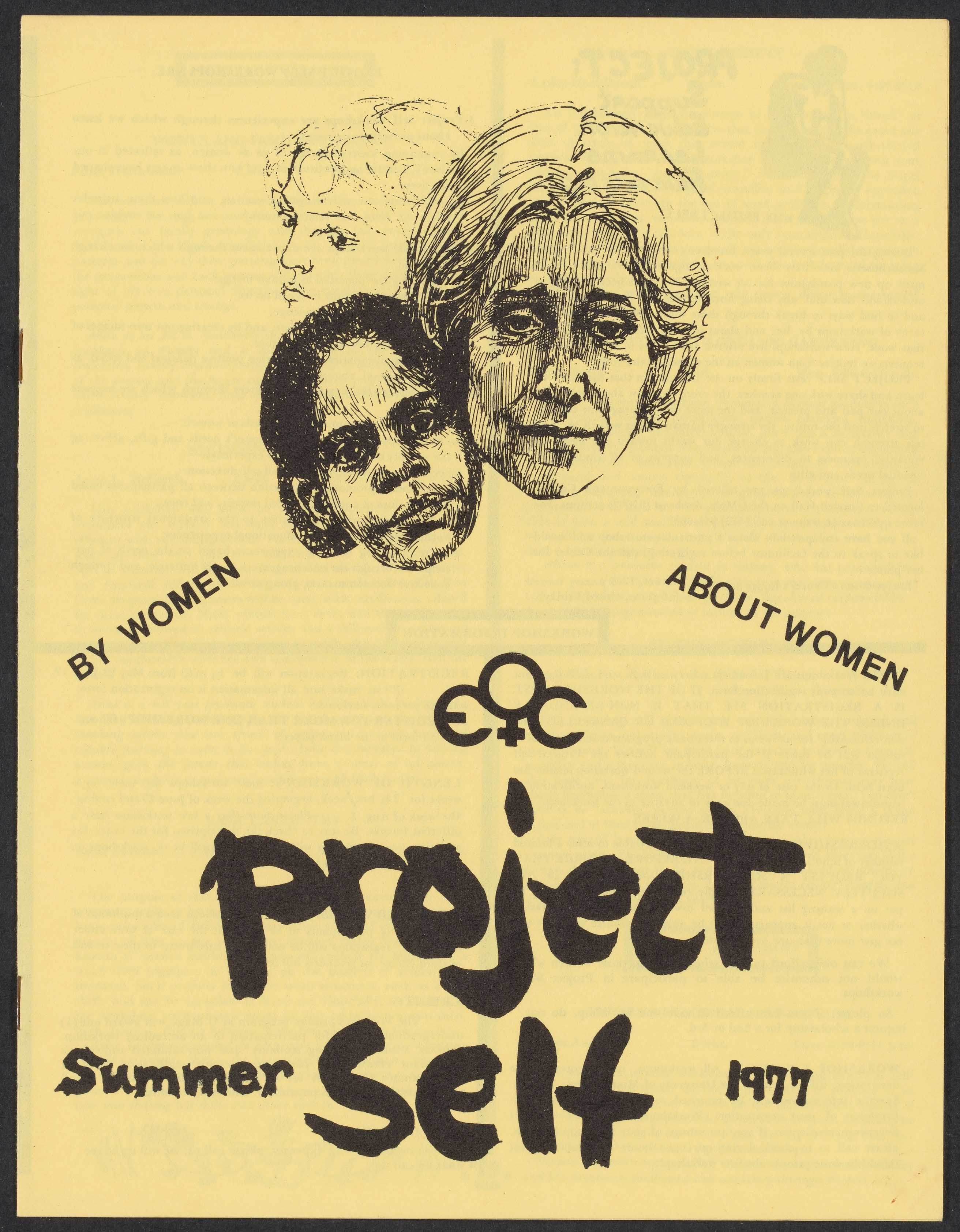Education and Training
Looking at education and training through a gendered lens offers extensive possibilities for understanding the opportunities men and women were offered in formal and informal education and in employment. Explore material that offers both a male and female perspective on education and how  opportunities were defined by gender.
opportunities were defined by gender.
The founding of Oberlin College in 1833 was a milestone in women’s education - for the first-time women and men could attend college in the United States together. The legacy of this co-educational drive and the numerous arguments that were held regarding women having an adequate and equal education are featured extensively throughout Gender: Identity and Social Change.
Material from Bryn Mawr College highlights these century-spanning discussions and how the issue was firmly in the public consciousness by the turn of the twenty-first century. By 1901, according to the second President of Bryn Mawr Martha Carey Thomas, the United States was ‘far in advance of all other countries in the number of women obtaining a college education’. This sentiment was presumably partly a result of the establishment of the Graduate Department for Women at the University of Pennsylvania in 1892, where Thomas gave an opening address. In a different speech from a few years later, researchers can explore the challenges female educators and campaigners faced during the twenty-first century when Thomas mentions the prevailing notion amongst men that ‘their wives and mothers, who did not have it [education], are efficient and charming women without it’. In 1922, William H Welch voiced his optimism in how far and ‘how complete’ the victory had been in women’s access to college education and how Bryn Mawr was very much in the vanguard.
Despite this optimistic sentiment, the admission of women to college education was still limited. The experiences of women in college education was of considerable interest to one of the most prominent American feminists of the twenty-first century: Betty Friedan. Users of this resource can consult the extensive research that went into the writing of her seminal work The Feminist Mystique by investigating the responses to Friedan’s survey of female graduates from her alma mater Smith College (see also [Are women wasting their time in college?]. Responses from the women who took part in the survey reveals the importance of education to them and the dissatisfaction many felt with their current lives. The responses are deeply personal with many admitting that they have up their dreams and education for husbands and family. Indeed, the argument that women would give up their education to raise a family was used rather falsely by medical schools in the United Kingdom during the mid-twentieth century as an excuse for the low intake of women. This was commonly known was ‘marriage-wastage’ and the Six Point Group led a campaign to dispel this notion and end the sex discrimination in medical school admissions.
Co-education at an elementary school level took longer to implement with boys and girls being educated separately in British primary schools during the 1920’s even though many universities had male and female students. Later in the twenty-first century organisations in both the United Kingdom and the United States decided to tackle the issue of unequal education at a primary and secondary school level. The Six Point Group organised visits to British schools by prominent members (such as the president Hazel Hunkins Hallinan) to talk about pertinent political and social issues affecting women, and a 1970 report compiled by Women on Words and Images in New Jersey aimed to target sexism in education by advocating for the revision of classroom textbooks to suit the needs of both boys and girls.
Education at elementary and secondary school level was also a concern for the Women of Unifarm (previously known as United Farm Women of Alberta), a women’s rural organisation based in Alberta, Canada. In official material intended for the Canadian government, the organisation highlights the disparities between rural and urban education and urges the government to focus more on educational provision in rural communities. Women of Unifarm also invested considerable interest in the educational opportunities afforded to Canadian indigenous people and advocated for a greater assimilation in schools that operate outside of the Reserves.
The fight for gender equality was also present in training opportunities for women and vocational training was considered a helpful way for women to decide on what career they wished to go into and gain a foothold in the workplace. The Calgary Local Council of Women was an organisation which campaigned for the creation of schools to teach vocational training to women and their material from the Glenbow Museum is included alongside material from the Calgary Business and Professional Women’s Club who also advocated for better vocational activities in the early part of the twentieth-century. The Calgary Business and Professional Women’s Club merged into the Canadian Federation of Business and Professional in 1930 and the organisation still operates today to help improve the working conditions of Canadian women.


